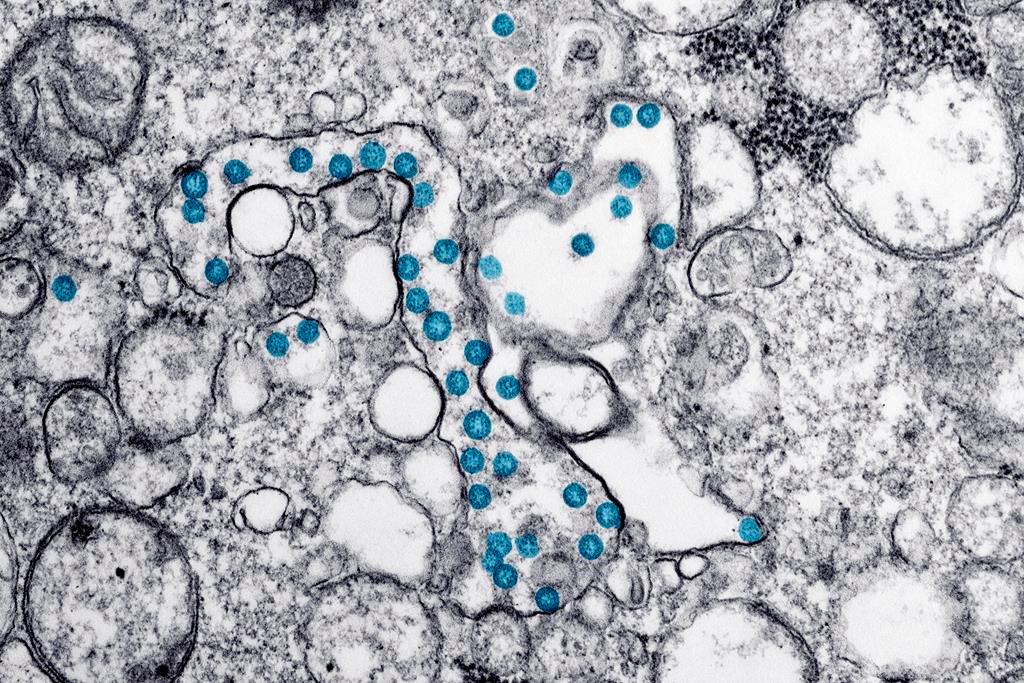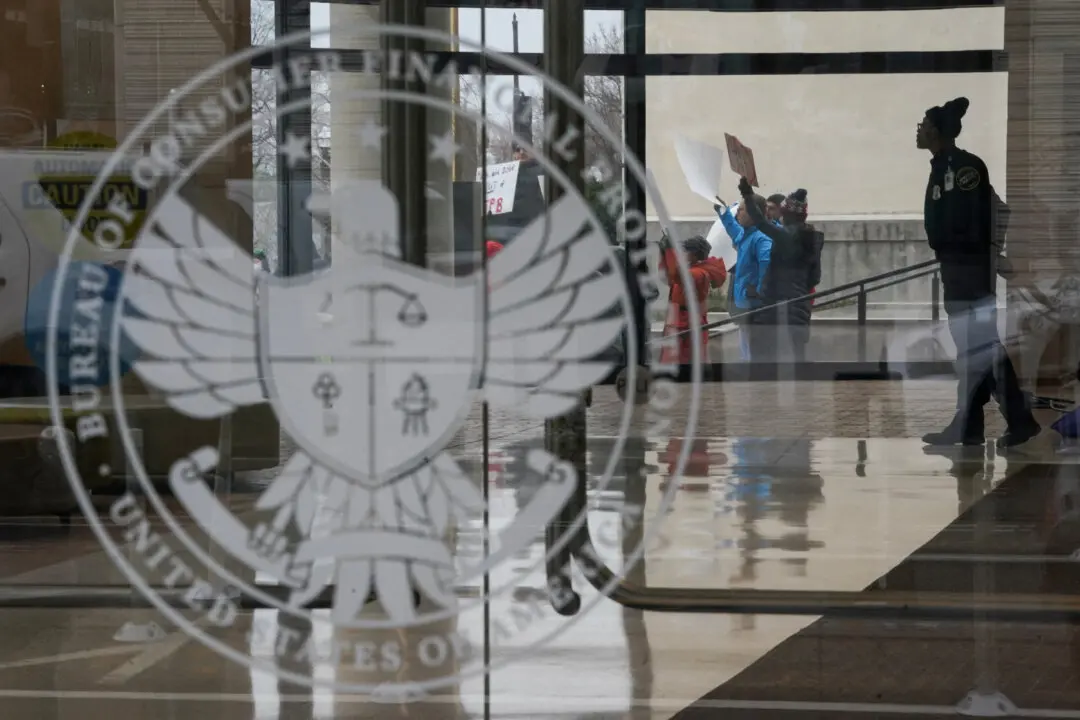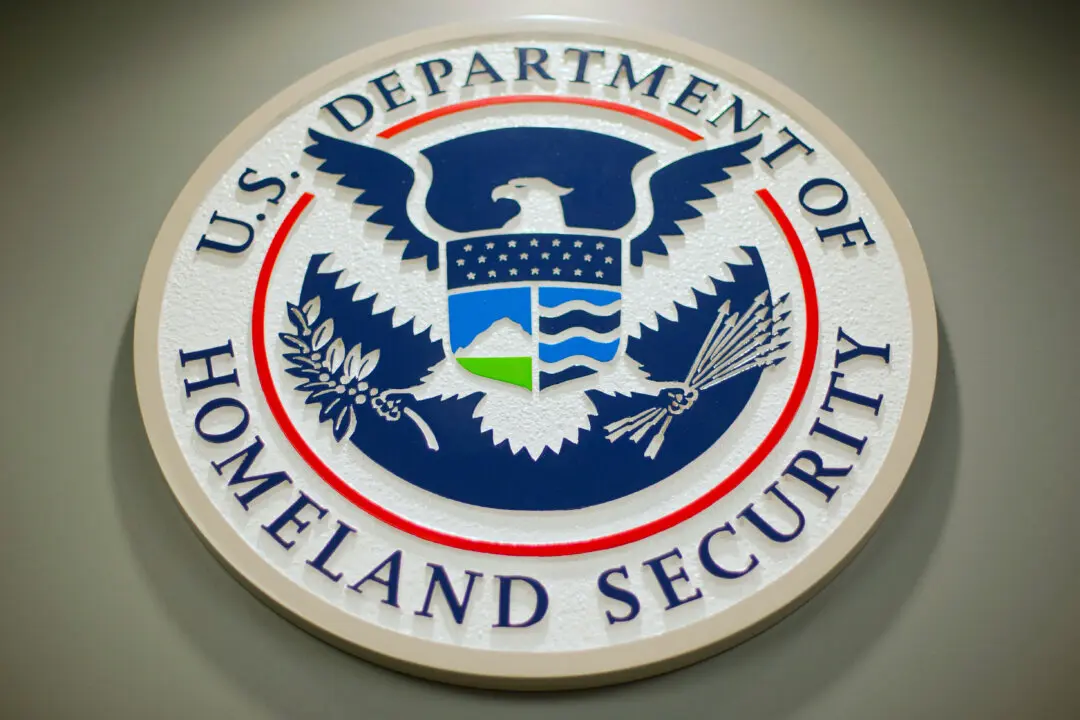The World Health Organization (WHO) on Tuesday listed the COVID-19 sub-variant JN.1 as a “variant of interest” but the U.N. agency and some health officials say that there is currently no evidence suggesting it’s more severe or a significant health risk.
Due to “limited evidence” that is currently available, the U.N. agency said that the variant “may cause an increase in SARS-CoV-2 cases amid surge of infections of other viral and bacterial infections, especially in countries entering the winter season,” referring to the virus that causes COVID-19.





